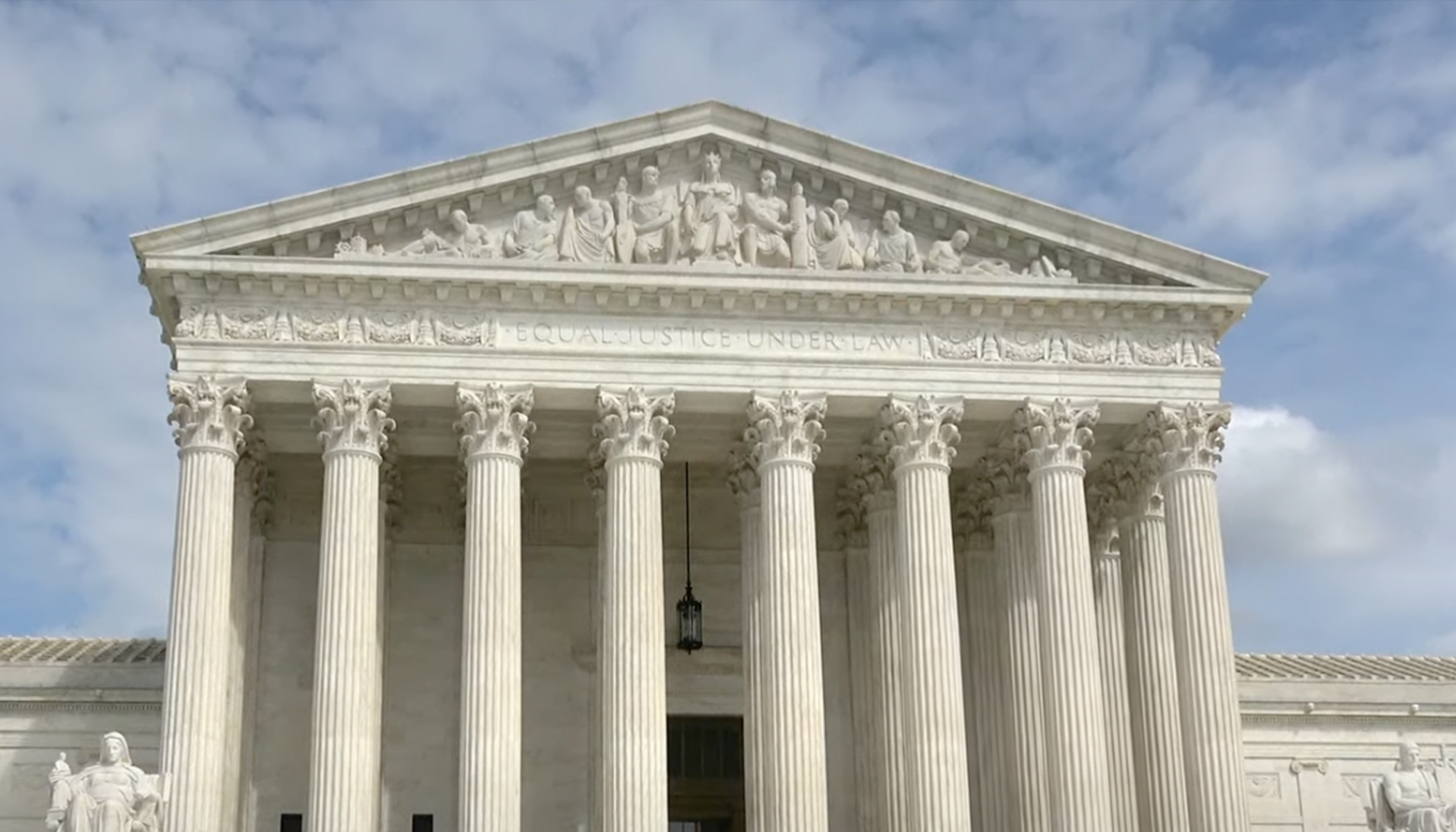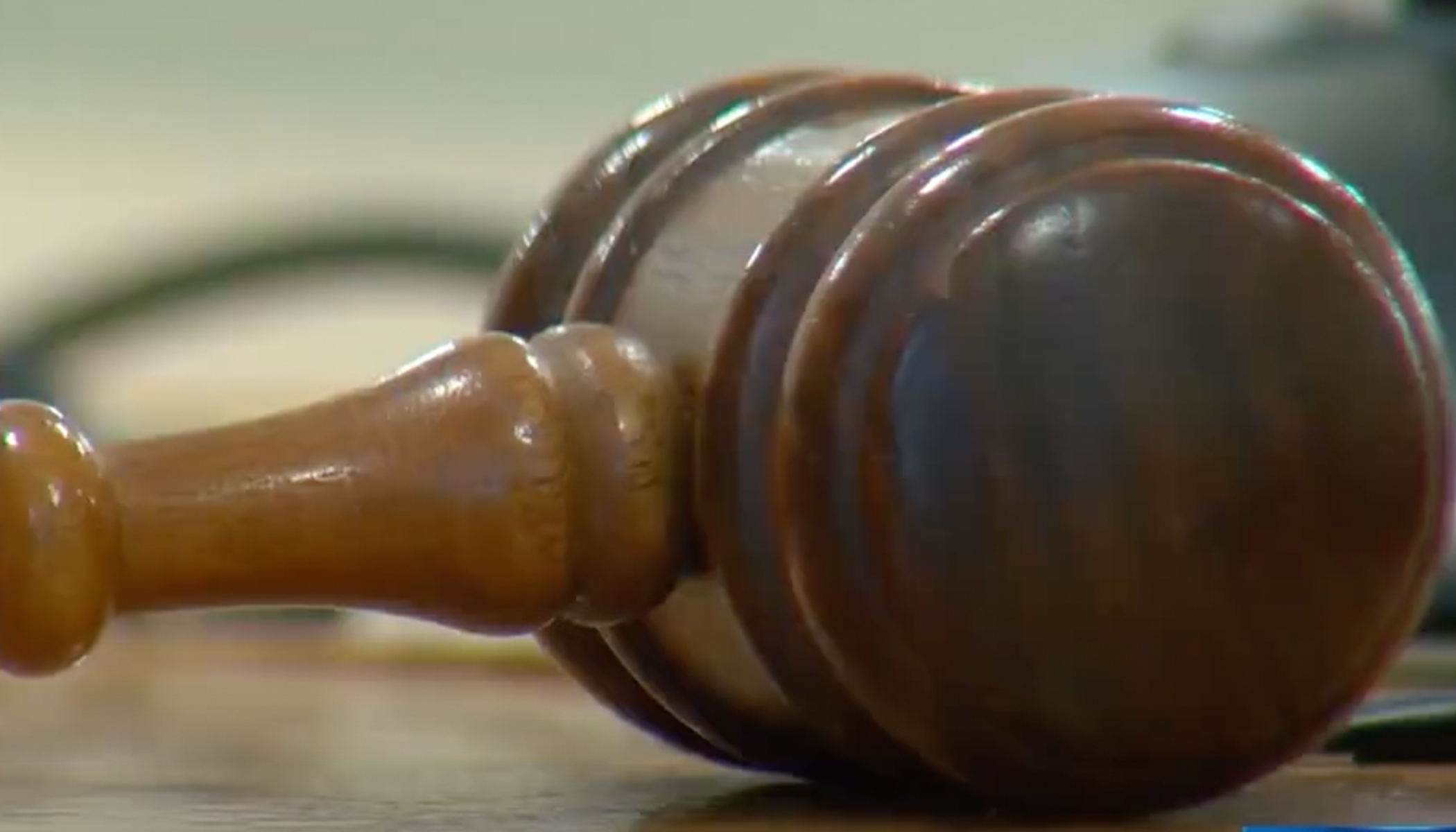Chicago judge greenlights potential arrests of ICE officers at courthouses
Prepare for a legal thunderclap -- a Biden-appointed Chicago federal judge has ruled that ICE agents could find themselves under arrest if they detain unauthorized migrants without warrants at Cook County courthouses, as Breitbart reports.
In a decision that’s fueling intense debate, U.S. District Judge Jeffrey Cummings has determined that ICE officers face the risk of detention if they apprehend migrants without the necessary legal authorization at these judicial sites.
This ruling stems from recent flare-ups outside Chicago-area courthouses, where ICE has come under fire for grabbing collateral migrants -- individuals detained on the spot while agents were after someone else with an active warrant.
Judge halts ICE activities at courts
Judge Cummings’ order is unambiguous, completely prohibiting ICE from conducting warrantless detentions at Cook County courthouses, no exceptions allowed.
The purpose of this directive is to maintain these locations as neutral havens, where witnesses and suspects can take part in legal matters without the constant specter of federal agents intervening.
However, it’s tough to overlook a glaring concern: does this well-intentioned policy accidentally create a protective bubble for those evading immigration enforcement, effectively making courthouses off-limits to necessary application of the law?
Collateral detentions ignite controversy
The issue of collateral arrests has turned into a major point of contention, with documented cases of ICE detaining illegal migrants who weren’t even the intended targets during operations near these court facilities.
Judge Cummings addressed this practice directly, stating, “The fair administration of justice requires that courts remain open and accessible, and that litigants and witnesses may appear without fear of civil arrest.”
While that principle sounds virtuous, let’s cut to the chase -- granting such broad protection in public spaces could easily be viewed as a progressive tactic to weaken the immigration laws that ICE is obligated to enforce, raising eyebrows among law-and-order advocates.
DHS responds to judicially-imposed constraints
The Department of Homeland Security, while committing to follow the court’s mandate, didn’t shy away from challenging the overarching consequences of this judicial limitation.
In a direct rebuttal, DHS asserted, “Nothing in the Constitution prohibits arresting a lawbreaker where you find them.”
That’s a compelling and logical stance -- why should a courthouse serve as an automatic barrier for those breaching immigration regulations, especially when national security and public order are pressing concerns for so many Americans?
Delicate balancing act at play
At its essence, this ruling aims to preserve access to the justice system, making sure that fear of detention doesn’t stop individuals from appearing to provide testimony or resolve their legal responsibilities.
On the flip side, ICE bears the tough burden of enforcing immigration policies, and restricting their ability to act -- particularly when they encounter unauthorized migrants during legitimate operations—could seriously undermine crucial efforts to protect borders and maintain legal accountability.
Achieving a reasonable middle ground between ensuring open access to courthouses and backing law enforcement is a thorny issue, but Judge Cummings’ decision leans sharply toward one viewpoint, prompting conservatives to question whether this sets a dangerous precedent that might erode enforcement capabilities across the nation and embolden those who disregard immigration standards.






